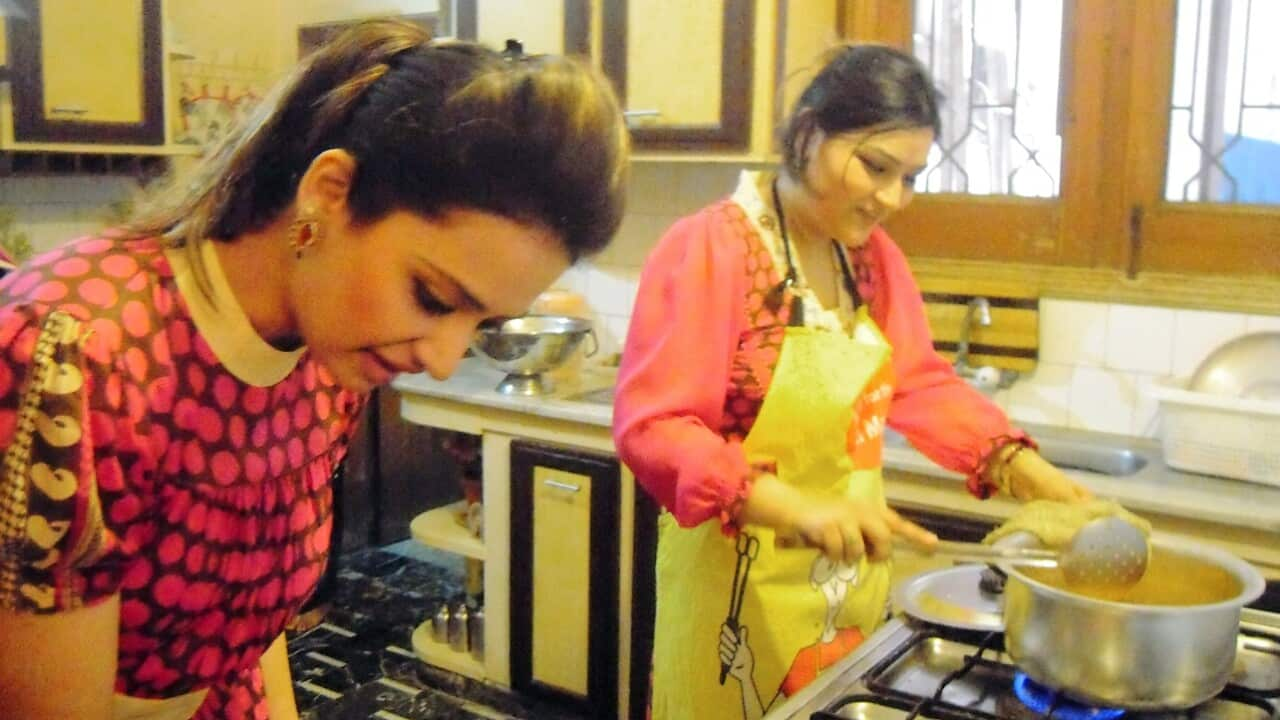A new study on salt consumption sheds light that food labeling needs to improve to help consumers, especially parents, understand how much salt they are eating.
A study by the Institute for Physical Activity and Nutrition (IPAN) at Deakin University surveyed more than two thousand adults in Victoria to find out the behaviour and understanding of parents usage of salt.
Talking to SBS Urdu, the lead author of the study Ajam Khokar said that salt is one of the primary sources of several diseases yet there is limited knowledge among adults about its harmful effects.
“The study aimed to find out the understanding of salt among parents and how youngsters below the age of eighteen consume salt.
“When we use salt in foods we call it salt or table salt. But when we buy something like bread, salt is written as sodium in the bread label which for parents is confusing.
“Salt is 40% sodium and 60% chloride, and people get confused about how to convert it to salt [when they read a food label].
“Consider a mum with two kids going to the market. It would be very difficult for her to read the labels and calculate the quantity of sodium and then convert them into salt.”
Key facts about salt intake
- High sodium consumption (>2 grams/day, equivalent to 5 g salt/day) and insufficient potassium intake (less than 3.5 grams/day) contribute to high blood pressure and increase the risk of heart disease and stroke.
- Most people consume too much salt—on average 9–12 grams per day, or around twice the recommended maximum level of intake.
- Salt intake of less than 5 grams per day for adults helps to reduce blood pressure and risk of cardiovascular disease, stroke and coronary heart attack. The principal benefit of lowering salt intake is a corresponding reduction in high blood pressure.
- WHO Member States have agreed to reduce the global population’s intake of salt by a relative 30% by 2025.
- An estimated 2.5 million deaths could be prevented each year if global salt consumption were reduced to the recommended level.
(Above facts via World Health Organisation – WHO) The lead researcher said the study also took into consideration of salt intake at the table compared to food intake while cooking.
The lead researcher said the study also took into consideration of salt intake at the table compared to food intake while cooking.

Reducing salt intake - World Health Organisation. Source: WHO
“We studied whether salt was used while cooking or when the family sits on table to eat.
“What we found that the salt intake was more on the table during the meals compared to cooking.”
However, Ajam said that parents have also shown their concern for salt and expressed that they would also like to reduce salt consumption.
“When we study Western foods we find that 80% of the salt is from processed foods while parents use salt during cooking too which is a concern.”






